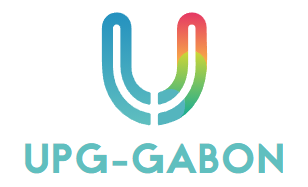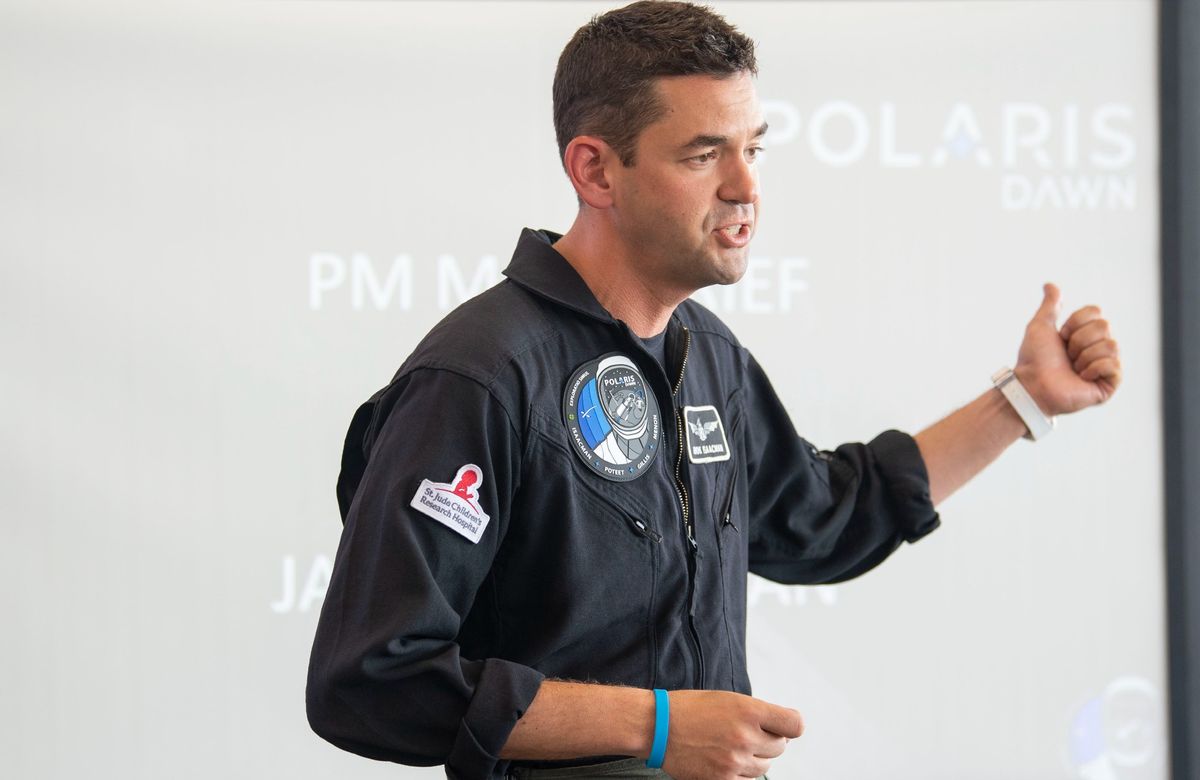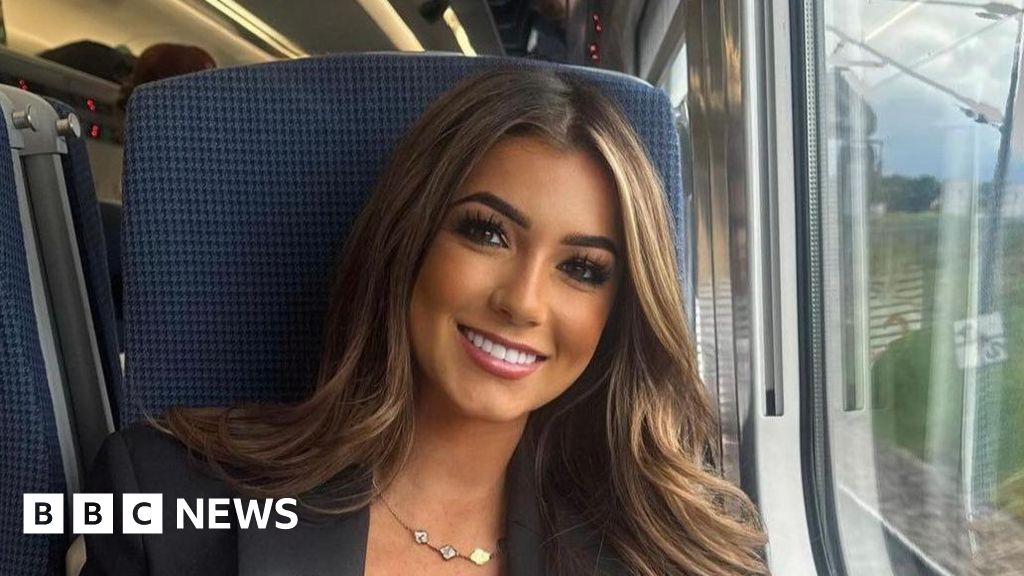Boeing's first attempt to fly its Starliner space shuttle with astronauts was scrapped Saturday less than four minutes before liftoff. The delay was called for by an automated computer system that takes flight queues in the final minutes of the countdown.
Shortly after the mission was abandoned Saturday, ULA Chief Executive Tory Bruno said one of the three computer systems that orchestrate the launch sequence in the final minutes of the countdown — by releasing the clamps that hold the rocket down, for example — was slow to come online. As a result, the automated system ended the countdown. ULA is a joint venture between Boeing and Lockheed Martin.
Boeing is eager to get the mission off the ground. It will send NASA astronauts Sunitha Williams and Butch Willmore to the International Space Station for about a week to test how the spacecraft fares with humans.
« I know it's a little disappointing, » Steve Stich, chief of NASA's Commercial Group program, said of the delay. “We were all excited, Butch and Suni were excited to fly. It's kind of a space flight … every time you go to pad for a crewed flight, or really any flight, you've got an opportunity to scrub.
He added, “Today you can see how close we are. We have this capability ready. We were three minutes and 50 seconds away and a Starliner shuttle was ready to go.
Given the fact that the spacecraft has never flown with people, NASA and Boeing's teams have repeatedly said that they should proceed with caution and not attempt to fly the mission until they think they can do so safely.
The flight test was originally scheduled for May 6 with the crew on board. But the flight was delayed when a valve malfunctioned in the second stage of the rocket. The valve has since been replaced and was working fine on Saturday, officials said.
The launch was part of NASA's « Commercial Crew Program, » which outsourced transportation to the space station to Boeing and SpaceX.
SpaceX dominates commercial rocket and spacecraft production; It was the first to fly astronauts, completing its first crewed test mission in May 2020. That flight was a major coup for NASA, as it led to its crew getting into space. In 2011, the space shuttle was retired, forcing NASA to rely on Russia to fly people to the station until SpaceX began flying.
Boeing's Starliner has faced setbacks and delays. As expected two test flights had to be flown without crew on board. First, in late 2019, the rocket's internal computer shut down for 11 hours, preventing the spacecraft from reaching the station. The next attempt, in 2022, reached the space station. However, the company later discovered that the tape used to cover the electrical wiring in the capsule was flammable and its parachutes needed to be upgraded.
In the run-up to Saturday's flight, Boeing and NASA officials expressed optimism, saying they had done everything they could to ensure the mission was a success.






